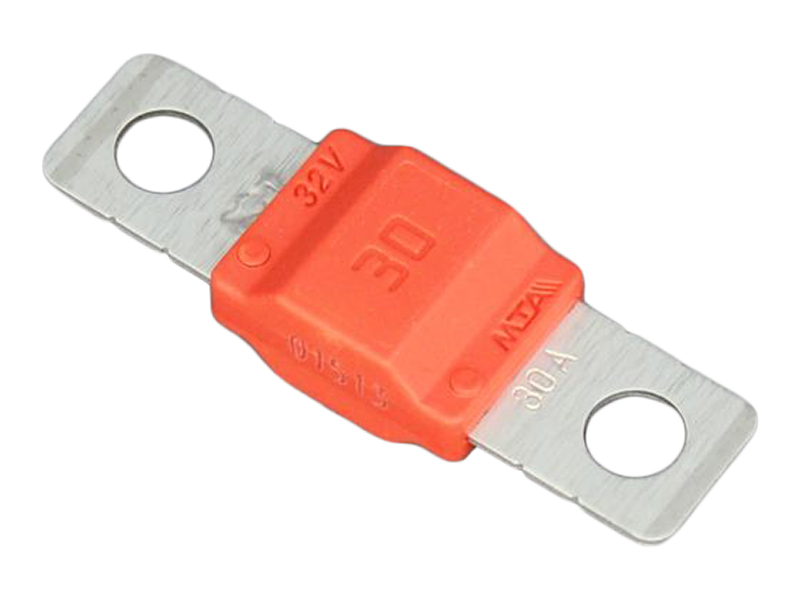My cab and leisure battery's are not being charged when the engine is running in my Fiat Ducato.
I have looked today for the alternator/cab battery Fuse with no luck, can anyone point me in the right direction, I have looked at the fuse locations in the book but no mention of this fuse.
I have looked today for the alternator/cab battery Fuse with no luck, can anyone point me in the right direction, I have looked at the fuse locations in the book but no mention of this fuse.



